As a small business owner, you're no stranger to wearing multiple hats and juggling countless responsibilities. Marketing, in particular, can feel like an overwhelming task, especially when you're working with limited resources and a tight budget. However, with the right strategies and a bit of creativity, you can effectively promote your products or services and stand out in a crowded market. In this blog post, we'll dive into some advanced tactics and practical insights to help you make the most of your marketing efforts.
Understand Your Target Audience

One of the most critical aspects of successful marketing is having a deep understanding of your target audience. As a small business, you have the advantage of being closer to your customers and having more direct interactions with them. Use this to your advantage by:
- Conducting surveys and interviews to gather insights about their needs, preferences, and pain points.
- Analyzing customer data, such as purchase history and demographic information, to identify patterns and trends.
- Engaging with your audience on social media and online forums to learn more about their interests and behaviors.
By gaining a comprehensive understanding of your target audience, you can create marketing messages that resonate with them and develop products or services that address their specific needs.

User-Generated Content
| Tactic | Description | Effectiveness |
|---|---|---|
| Social Media Features | Regularly share and promote user-generated content on your social media profiles | High |
| Website Showcase | Create a dedicated page or section on your website to showcase user-generated content | Medium |
| Email Newsletters | Include user-generated content in your email newsletters to subscribers | Medium |
| Paid Social Ads | Use user-generated content in your paid social media ads for increased authenticity | High |
| Influencer Partnerships | Collaborate with influencers to create and share user-generated content | High |
User-generated content (UGC) is a powerful and cost-effective way to build trust and credibility with your target audience. When your customers share their experiences with your products or services on social media, it serves as a form of social proof that can influence potential buyers. To encourage UGC:
- Create a branded hashtag and encourage customers to use it when sharing their experiences.
- Run contests or giveaways that incentivize customers to share photos or videos featuring your products.
- Showcase UGC on your website and social media channels to demonstrate the value of your offerings.
For example, Glossier, a beauty brand that started as a small business, has built a strong community of loyal customers by featuring UGC prominently on their Instagram feed and website. This approach not only saves on content creation costs but also fosters a sense of authenticity and connection with their audience.
Focus on Referral Marketing
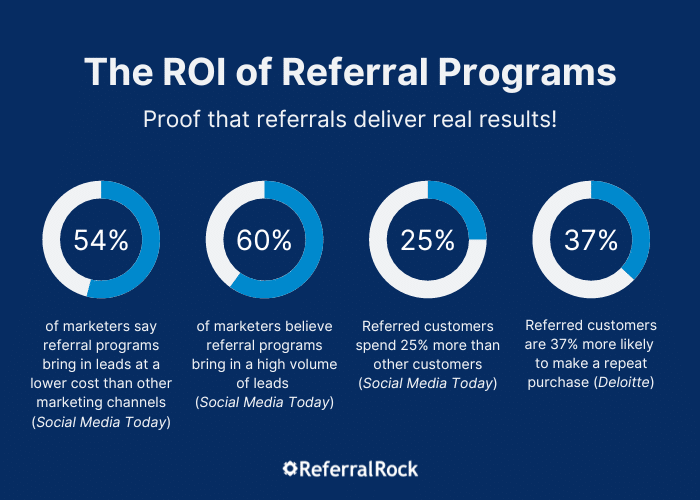
Referral marketing is another highly effective strategy for small businesses, as it uses the power of word-of-mouth recommendations. When your existing customers refer their friends and family to your business, it not only helps you acquire new customers at a lower cost but also increases the likelihood of those new customers becoming loyal advocates themselves. To implement a successful referral program:
- Offer incentives, such as discounts or free products, to customers who refer new business to you.
- Make it easy for customers to share referral links or codes through email, social media, or a dedicated referral page on your website.
- Personalize the referral experience by thanking customers for their referrals and keeping them updated on the status of their rewards.
For instance, Dropbox, a file hosting service that started as a small business, achieved significant growth through its referral program. By offering extra storage space to both the referrer and the referred customer, they were able to rapidly expand their user base and increase brand awareness.
Collaborate with Micro-Influencers
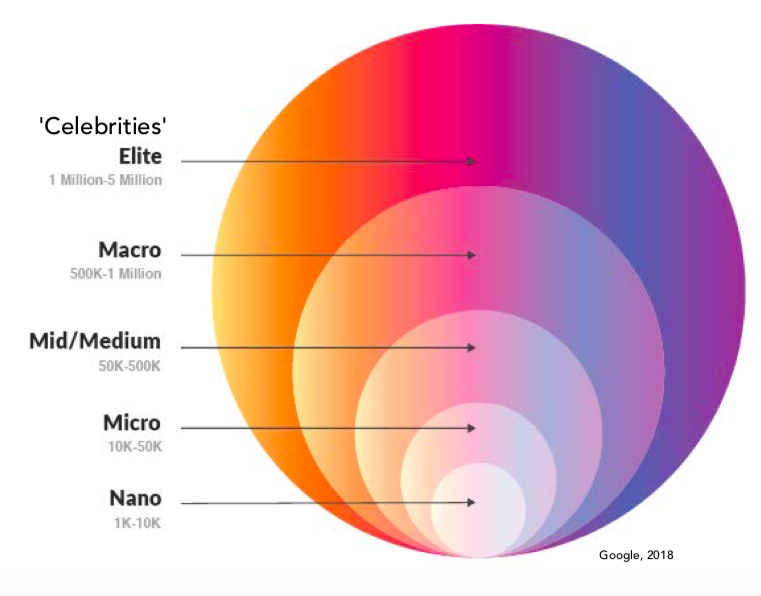
Influencer marketing can be a game-changer for small businesses, but partnering with big-name influencers can be prohibitively expensive. Instead, focus on collaborating with micro-influencers—individuals with smaller but highly engaged followings in your niche. Micro-influencers often have higher engagement rates and are seen as more authentic and relatable by their followers. To find and work with micro-influencers:
- Use social media listening tools to identify influencers who are already talking about your brand or industry.
- Reach out to them with a personalized pitch, highlighting why your products or services align with their interests and audience.
- Offer a mix of monetary compensation and free products or services in exchange for their promotion.
For example, Sperry, a footwear brand, partnered with micro-influencers to promote their boat shoes on Instagram. By working with influencers who embodied the brand's coastal lifestyle, they were able to reach a highly targeted audience and generate authentic content that resonated with potential customers.

Optimize for Local Search
| Task | Description | Completed |
|---|---|---|
| Google My Business Optimization | Claim, verify, and optimize your Google My Business listing | ☐ |
| NAP Consistency | Ensure your business name, address, and phone number are consistent across the web | ☐ |
| Local Content Creation | Create blog posts, videos, or other content that targets local keywords and topics | ☐ |
| Local Backlink Building | Secure backlinks from local business directories, publications, or organizations | ☐ |
| Local Review Management | Monitor and respond to reviews on Google, Yelp, and other local platforms | ☐ |
Optimizing your online presence for local search is essential for a small business. When potential customers in your area search for products or services like yours, you want to ensure that your business appears at the top of the search results. To improve your local search rankings:
- Claim and optimize your Google My Business listing, including your business name, address, phone number, and hours of operation.
- Encourage customers to leave reviews on your Google My Business page and other relevant directories, such as Yelp or TripAdvisor.
- Include local keywords in your website's content and meta tags, such as your city or neighborhood name.
For instance, a local bakery could optimize their website for search terms like “best cupcakes in [city name]” or “fresh bread near me.” By focusing on local search, small businesses can attract customers who are in close proximity and more likely to make a purchase.
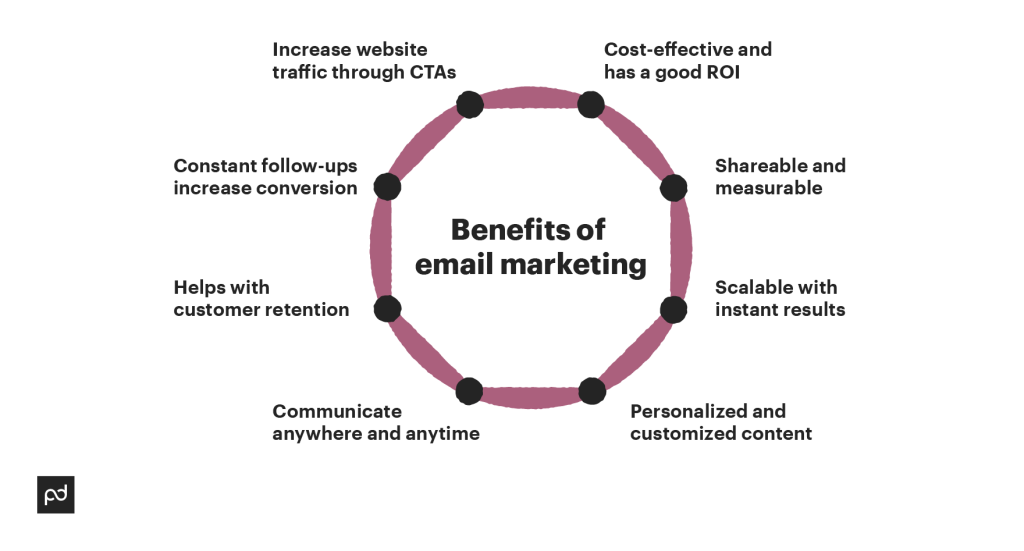
Invest in Email Marketing
| Variable | Description | Examples |
|---|---|---|
| Subject Line | The title or headline of your email | Length, tone, personalization |
| Sender Name | The name or address that appears as the sender of your email | Company name, individual's name |
| Email Content | The body copy, images, and layout of your email | Length, formatting, CTA placement |
| Send Time | The day and time your email is delivered to subscribers | Day of week, time of day |
| Segmentation | The criteria used to divide your email list into smaller groups | Demographics, behavior, interests |
Email marketing is a cost-effective way to nurture relationships with your existing customers and keep your brand top-of-mind. By regularly sending targeted, valuable content to your email subscribers, you can increase customer loyalty and drive repeat purchases. To maximize the impact of your email marketing efforts:
- Segment your email list based on customer preferences, behaviors, and demographics to ensure that you're sending relevant content to each group.
- Personalize your emails with the recipient's name and tailored product recommendations based on their purchase history.
- Experiment with different subject lines, email formats, and send times to optimize your open and click-through rates.
For example, Paleo on the Go, a small business that sells frozen paleo meals, uses email marketing to share recipes, offer exclusive discounts, and announce new product launches to their subscribers. By providing valuable content and personalized offers, they're able to keep their customers engaged and drive repeat business.
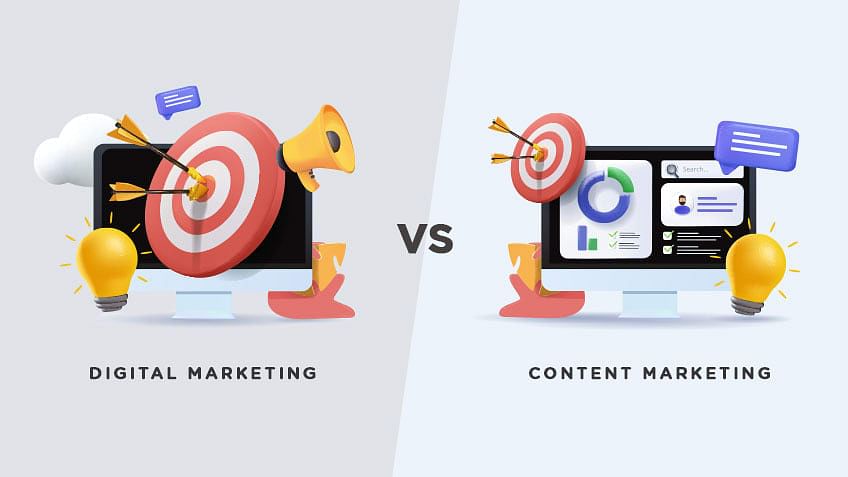
Create Compelling Content
Content marketing is another powerful tool for small businesses looking to attract and engage potential customers. By creating and sharing valuable, informative content related to your products or services, you can establish your brand as a trusted authority in your industry and build relationships with your target audience. To make the most of your content marketing efforts:
- Identify the topics and formats that resonate with your target audience, such as blog posts, videos, or infographics.
- Optimize your content for search engines by incorporating relevant keywords and meta tags.
- Promote your content across multiple channels, including your website, social media profiles, and email newsletters.
For instance, Beardbrand, a small business that sells grooming products for men, has built a strong following by creating educational content related to men's grooming and lifestyle. By sharing their expertise through blog posts, YouTube videos, and podcasts, they've been able to attract a loyal customer base and differentiate themselves from larger competitors.
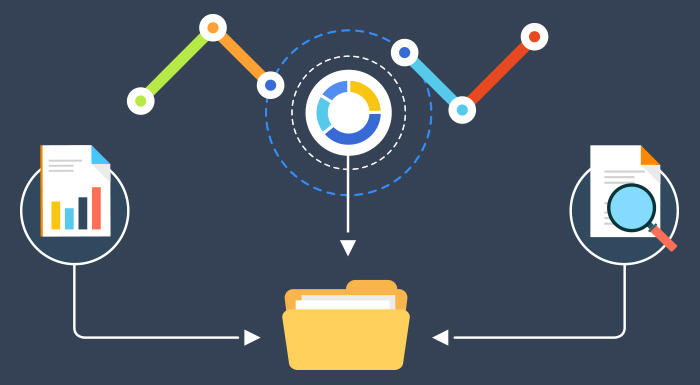
Measure and Refine Your Efforts
| Channel | Average CPA (Cost Per Acquisition) | ROAS (Return on Ad Spend) | LTV (Lifetime Value) |
|---|---|---|---|
| SEO (Content Marketing) | $50-$100 | N/A (Organic) | $500-$1,000 |
| Google AdWords | $75-$150 | 3:1 (300%) | $400-$800 |
| Facebook Ads | $60-$125 | 4:1 (400%) | $300-$700 |
| Email Marketing | $20-$50 | 8:1 (800%) | $600-$1,200 |
| Referral Marketing | $10-$30 | 10:1 (1000%) | $800-$1,500 |
Finally, it's crucial to continuously measure and refine your marketing efforts to ensure that you're getting the best possible return on investment. By tracking key metrics and analyzing your results, you can identify what's working and what's not, and make data-driven decisions to optimize your strategies. To effectively measure your marketing performance:
- Set clear, measurable goals for each of your marketing campaigns, such as increasing website traffic or generating a certain number of leads.
- Use analytics tools, such as Google Analytics or social media insights, to track your progress and identify areas for improvement.
- Regularly review your results and make adjustments to your strategies based on your findings.
For example, a small e-commerce business could track metrics like conversion rate, average order value, and customer acquisition cost to determine which marketing channels are driving the most sales and adjust their budget accordingly.
Marketing your small business effectively is all about being creative, strategic, and persistent. By deeply understanding your customers, using the power of word-of-mouth, and incorporating cost-effective tactics like email marketing and local SEO, you can make a big impact with a small budget.
The key is to stay flexible, keep learning, and never be afraid to try something new. With the right approach and a little elbow grease, you can unlock the full potential of your small business and achieve the growth you've always dreamed of.
FAQ
- Q: How can I effectively market my small business on a tight budget?
A: Focus on cost-effective strategies like content marketing, social media engagement, and email marketing, which can help you reach your target audience without breaking the bank. - Q: What's the best way to identify and understand my target audience?
A: Conduct market research using surveys, interviews, and customer data analysis to gather insights about your ideal customers' demographics, preferences, and pain points. - Q: How important is user-generated content for small business marketing?
A: User-generated content is incredibly valuable for small businesses, as it helps build trust, credibility, and authenticity with potential customers while also saving on content creation costs. - Q: Should I invest in influencer marketing as a small business owner?
A: Yes, collaborating with micro-influencers in your niche can be a cost-effective way to reach a highly engaged audience and generate authentic content for your brand. - Q: How can I improve my small business's visibility in local search results?
A: Optimize your Google My Business listing, encourage customer reviews, and incorporate local keywords into your website's content and metadata to improve your local search rankings. - Q: What are the benefits of email marketing for small businesses?
A: Email marketing allows you to nurture relationships with your customers, keep your brand top-of-mind, and drive repeat purchases by delivering targeted, valuable content directly to their inboxes. - Q: How can content marketing help my small business grow?
A: By creating and sharing informative, engaging content related to your products or services, you can establish your brand as a trusted authority, attract potential customers, and build lasting relationships with your audience. - Q: What metrics should I track to measure the success of my marketing efforts?
A: Monitor key performance indicators (KPIs) like website traffic, engagement rates, conversion rates, and customer acquisition costs to gauge the effectiveness of your marketing campaigns and identify areas for improvement. - Q: How often should I review and adjust my small business marketing strategies?
A: Regularly review your marketing performance on a monthly or quarterly basis to stay agile and adapt to changes in your market, customer preferences, or competitive landscape. - Q: What's the most important thing to remember when marketing my small business?
A: Focus on understanding your target audience, creating value for your customers, and consistently measuring and refining your efforts to ensure you're getting the best possible return on your marketing investments.







